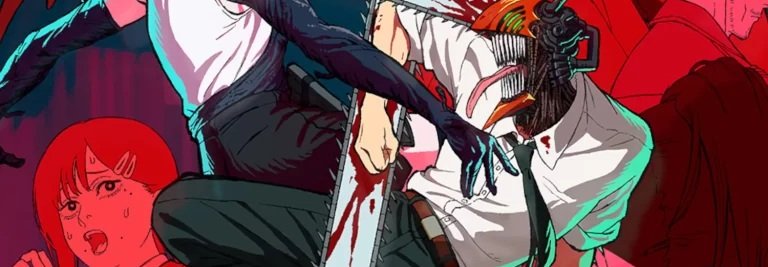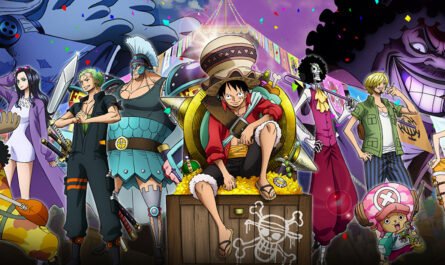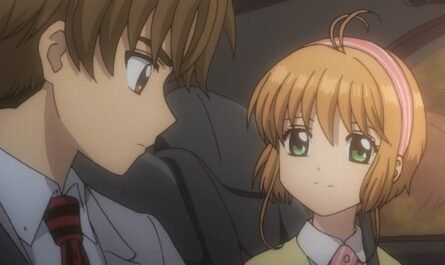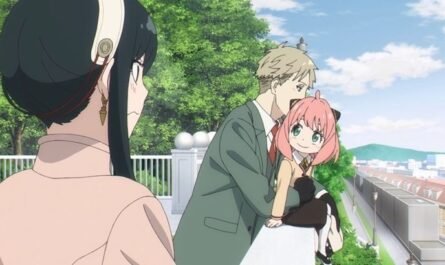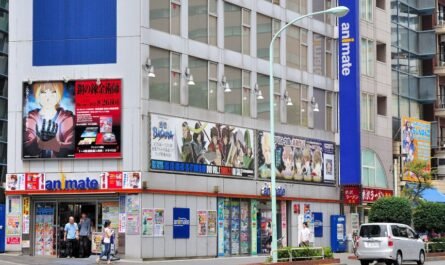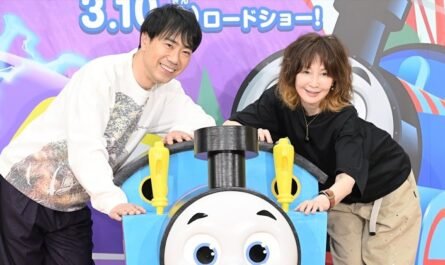It was supposed to be highly polished, so why did it become so rough?
The release date of the film “Chainsaw Man: Reze Arc” is fast approaching. This film is a sequel to the TV series that aired in 2022, and the mysterious girl “Reze,” who appeared at the end of the anime, holds the key to the story. Many people are rewatching the anime ahead of the film’s release. In fact, the TV anime series was met with widespread criticism among fans at the time.
While there were rave reviews, there were also many negative ones. Let’s take a look back at why the reception was so divided. Before we get into the main topic, I want to emphasize that the TV anime “Chainsaw Man” was not entirely unpopular. MAPPA, the production studio behind the series, is known for its industry-leading artwork, with notable works including “Attack on Titan: The Final Season” and “Jujutsu Kaisen.”
This work also fully showcased their technical prowess, combining hand-drawn (2D animation) and 3D CG for a visual aesthetic that garnered praise such as “beyond the pinnacle of TV anime” and “so realistic!” Musically, the opening theme was ” KICK BACK ” by Kenshi Yonezu, the insert song was “200 Million Centimeters of Blade” by Maximum the Hormone, and the ending theme was performed by a rotating cast of artists each week.
Despite this, why did some fans respond negatively? The main reasons cited were differences in “composition” and “seriousness.” For example, the original manga featured many close-up shots and a dynamic, manga-like feel, while the TV anime version frequently used long shots, creating a live-action film-like realism.
This difference is particularly evident in the battle scenes, such as the first episode, where Denji, now Chainsaw Man, fights a horde of zombies and the battle with the bat demon. According to an interview with director Ryu Nakayama, these differences in expression were intentional, and he deliberately adopted realistic, cinematic elements to capture the charm and atmosphere of the original work. However, some fans of the original work likely felt this was a misinterpretation.
Furthermore, while voice actors typically emphasize intonation, tempo, and inflection to highlight individual characters, this work deliberately toned down these expressions. Instead, it focused on realistic acting closer to everyday conversation. While this approach was consistent with the director’s “realism-focused” style, it may have felt like the unique characters, such as protagonists Denji and Power, were “diluted.” In the original work, their unpredictable behavior and words created momentum as gags, easing the film’s oppressive plot.
On the other hand, the anime version’s emphasis on realism created a more serious atmosphere, which may have felt less chaotic than the original. While this direction was perceived negatively, many also praised it, saying things like, “I like the calm, serious feel of a movie,” and “The deliberate use of unglamorous compositions to create a cinematic sense of luxury was challenging and interesting.” In other words, while the challenge of moving away from traditional anime direction was met with mixed reviews, it was likely received as a fresh visual experience by many viewers.
However, the more popular the original work, the more critical fans of the original work will be. In fact, the original “Chainsaw Man” is incredibly popular, and expectations for the anime adaptation were accordingly sky-high. The resulting controversy may have been inevitable. What kind of visual experience will the movie “Chainsaw Man: Reze Arc” deliver? We can’t wait for its release date on Friday, September 19, 2025.

